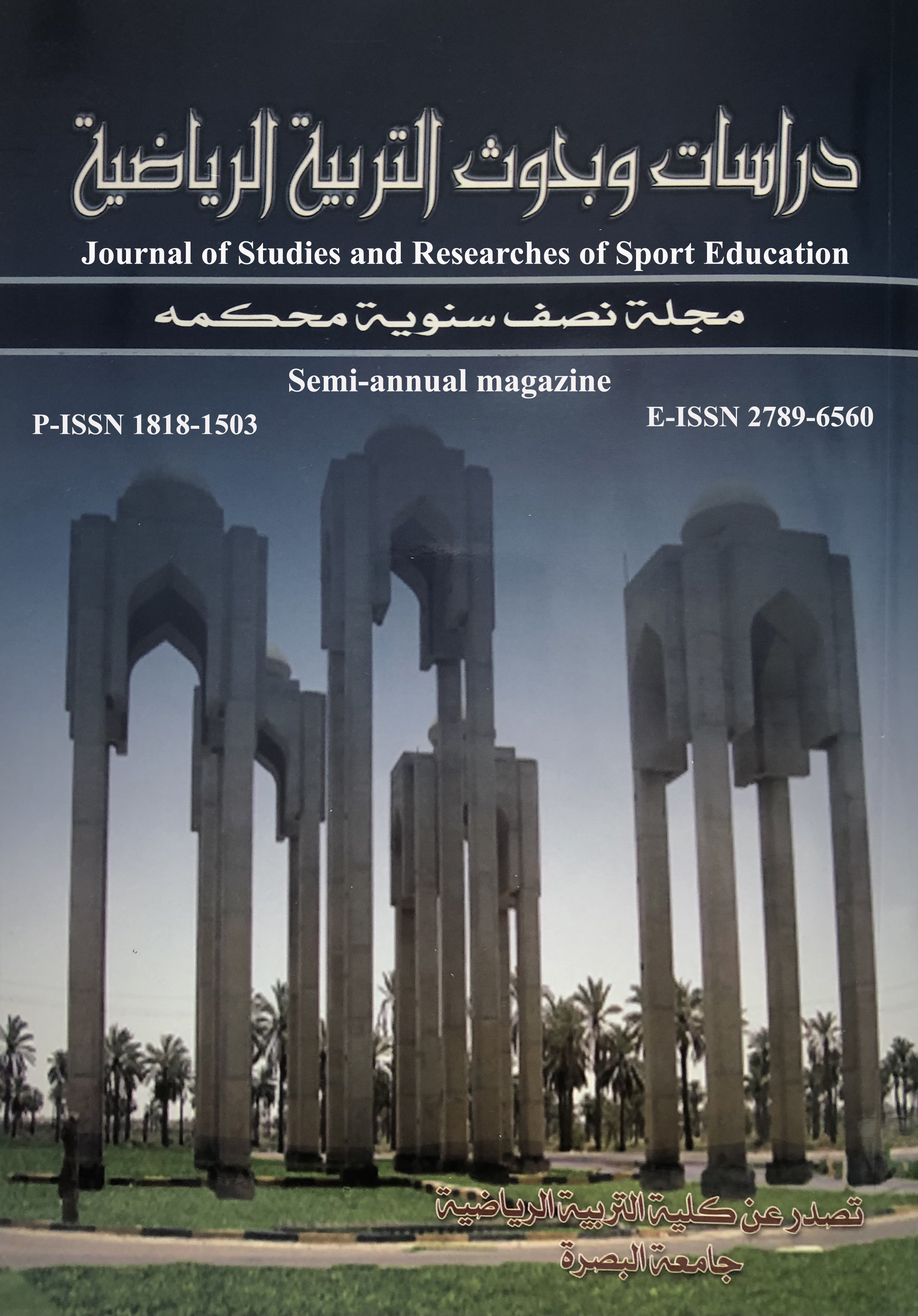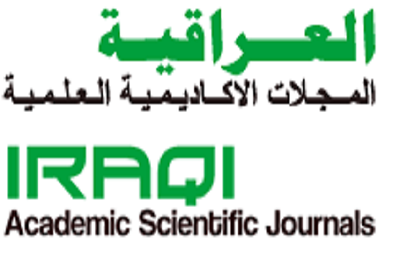Designing and coding compound tests to measure the speed, accuracy of performance and percentage of saturationSpo2 oxygen for front-stroke skill For young badminton players
Main Article Content
Abstract
Mathematical studies have become based on scientific principles and advanced techniques in the design and analysis of tests and their results to suit the requirements of scientific research and the problem studied to obtain objective results in giving correct diagnosis of training levels and performance skills and physical and psychological situations and the use of means of follow-up and scientific comparison to clarify the progress and set standards for the purpose Identifying, supporting and upgrading strengths and weaknesses, and ways to avoid them and strengthen them to Badminton is characterized by the need for high levels of training and mastery of the various skills accompanied by excitement and enthusiasm. In order to upgrade this game to win the need arose to search the details of this game and to determine the determinants of the impact in the game and the level of achievement and study the functional and physical condition of the players and requirements The success of this study ensures that the design of specialized tests that measure the speed of performance, accuracy and oxygen saturation ratio has an effect on the level of adaptation of the functional devices which are considered important indicators and the optimum performance method and the values of the Ge skill strike paid in badminton, as can be put in the hands of trainers minutes performance Bamngarath under which can be developed to reach out to the best level. a higher level
Article Details

This work is licensed under a Creative Commons Attribution 4.0 International License.

 IASJ
IASJ CC-BY-4.0
CC-BY-4.0 turnitin
turnitin ISSN
ISSN DOAJ
DOAJ Crossref
Crossref GoogleScholar
GoogleScholar Orcid
Orcid